I wonder if they can even price it at $400 with HBM2? Those things aren't cheap and at some point AMD has to start increasing their margins.
I don't think HBM2 is that expensive any more. No doubt it has more cost associated with it. But there will be different models here that we see from. They have lot of slots to fill above 300 mark.
![[H]ard|Forum](/styles/hardforum/xenforo/logo_dark.png)


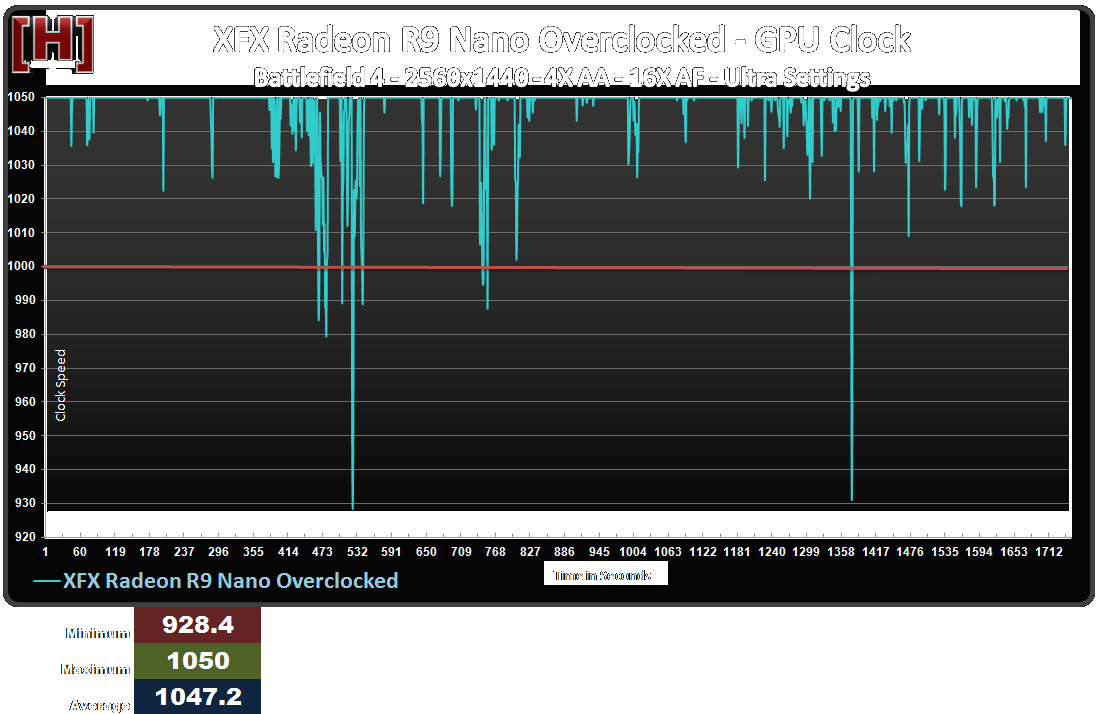
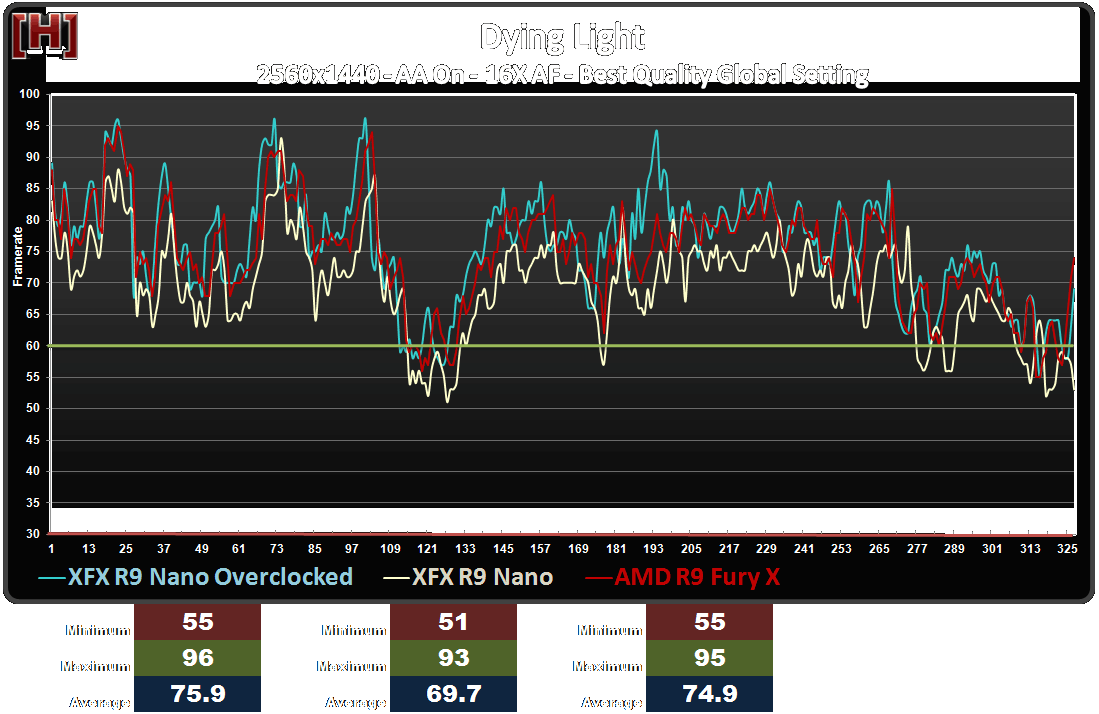
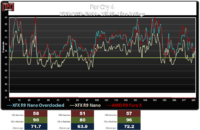
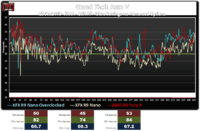


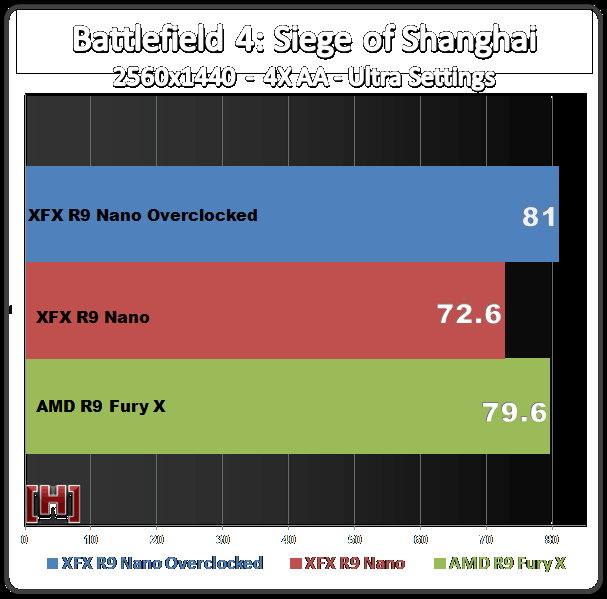



 .
.